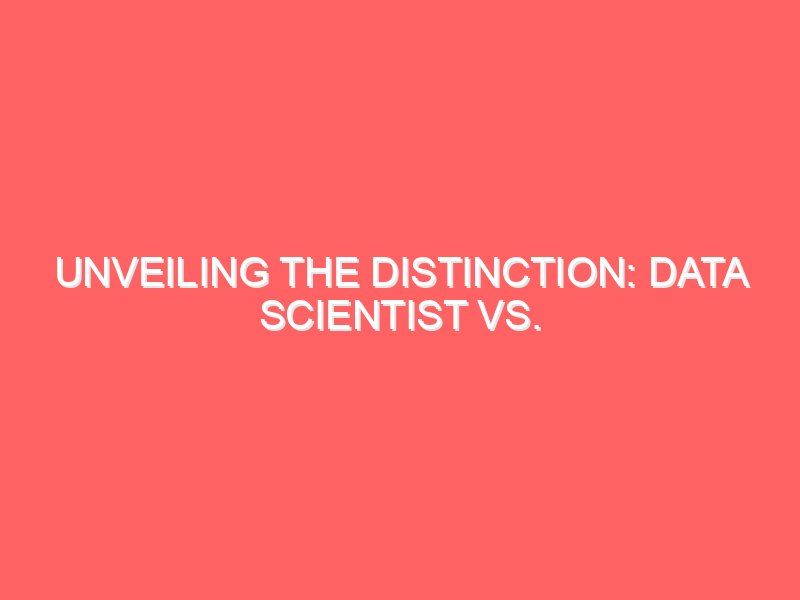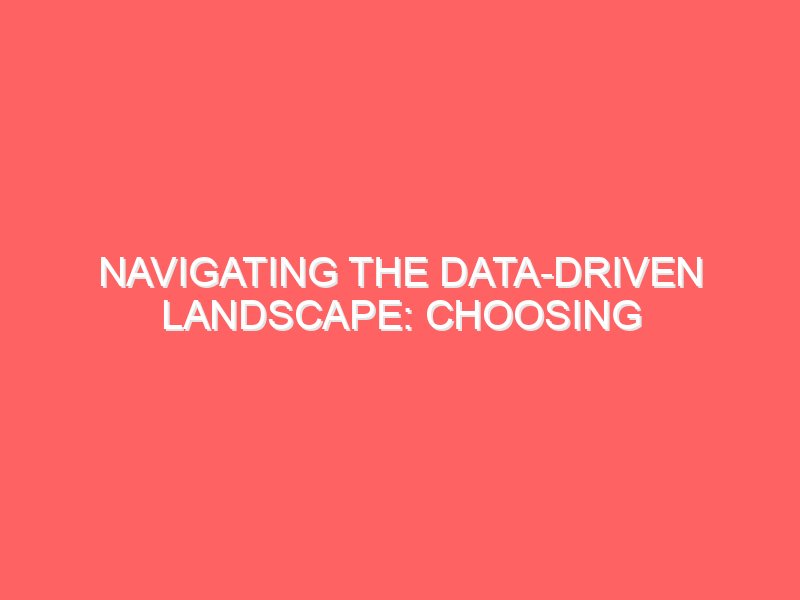The world is evolving at an unprecedented pace, driven by groundbreaking technologies that are reshaping how we live, work, and interact. From quantum computing to artificial intelligence, these futuristic technologies are paving the way for a smarter, more connected world. Let’s dive deep into 9 transformative technologies that are set to define the future of humanity.
1. Quantum Computing: The Next Leap in Computing Power
Quantum computing is revolutionizing the tech world by leveraging quantum bits (qubits) to process complex problems beyond the capabilities of classical computers. Unlike traditional bits that exist as either 0 or 1, qubits can exist in multiple states simultaneously, thanks to quantum superposition.
This allows quantum computers to perform calculations at unimaginable speeds, solving complex problems in cryptography, drug discovery, and climate modeling. Tech giants like Google and IBM are making strides in quantum supremacy, paving the way for ultra-secure communications and rapid data processing.
Future Potential:
- Cybersecurity: Quantum encryption can create unbreakable security protocols.
- Healthcare: Accelerating drug discovery and personalized medicine.
- Logistics and Optimization: Enhancing supply chain efficiency and complex system simulations.
2. Neural Interfaces: Bridging Minds and Machines
Neural interfaces, also known as brain-computer interfaces (BCIs), enable direct communication between the human brain and external devices. This technology reads brain signals and translates them into digital commands, allowing users to control devices using their thoughts.
Companies like Neuralink and OpenBCI are pioneering in this field, aiming to enhance human cognition, restore lost senses, and enable communication for people with disabilities. Imagine controlling smart home devices, prosthetics, or even computers using just your thoughts!
Future Potential:
- Healthcare: Helping people with paralysis or neurological disorders communicate and move.
- Augmented Intelligence: Enhancing human cognition and memory.
- Entertainment and Gaming: Fully immersive virtual experiences controlled by thoughts.
3. 5G and Beyond (6G): The Future of Connectivity
5G is already transforming how we connect, offering ultra-fast speeds and low latency that enable real-time interactions. But the future lies in 6G, which promises even faster data rates, enhanced reliability, and seamless connectivity for the Internet of Things (IoT) and augmented reality applications.
With 6G, smart cities will become more efficient, autonomous vehicles will communicate instantly, and immersive AR experiences will become more realistic. This leap in connectivity will power advancements in remote healthcare, education, and entertainment.
Future Potential:
- Smart Cities: Enhancing urban management and public safety.
- Autonomous Vehicles: Enabling real-time communication for safer transportation.
- Immersive Experiences: Supporting AR/VR applications with near-zero latency.
4. Blockchain and Decentralized Systems: A Transparent Future
Blockchain technology goes beyond cryptocurrencies, offering a decentralized, transparent, and secure way to manage data. Its decentralized ledger system ensures data integrity and security, making it ideal for industries like finance, healthcare, and supply chain management.
With the rise of decentralized finance (DeFi) and non-fungible tokens (NFTs), blockchain is redefining digital ownership and financial systems. Smart contracts powered by blockchain are enabling secure, automated transactions without intermediaries.
Future Potential:
- Finance: Revolutionizing banking through decentralized finance.
- Healthcare: Securely storing patient data for enhanced privacy.
- Supply Chain Management: Ensuring transparency and traceability.
5. Augmented Reality (AR) and Virtual Reality (VR): Immersive Digital Worlds
AR and VR are transforming the way we interact with digital content. AR overlays digital information onto the real world, enhancing our perception of reality, while VR creates entirely immersive digital environments.
These technologies are revolutionizing education, gaming, and remote work by enabling immersive experiences. From virtual classrooms to interactive product demos, AR and VR are bridging the gap between physical and digital worlds.
Future Potential:
- Education and Training: Immersive learning experiences with interactive simulations.
- Entertainment and Gaming: Realistic virtual worlds with lifelike interactions.
- Healthcare: Virtual therapy and surgical training using simulations.
6. Smart Cities: Building Sustainable Urban Ecosystems
Smart cities leverage IoT, AI, and data analytics to create efficient, sustainable, and livable urban environments. These cities use interconnected sensors and devices to optimize energy usage, transportation, waste management, and public safety.
Cities like Singapore and Barcelona are leading the way in smart city innovation, improving residents’ quality of life while minimizing environmental impact. As urban populations grow, smart cities will play a crucial role in managing resources sustainably.
Future Potential:
- Energy Efficiency: Smart grids and renewable energy management.
- Transportation: Intelligent traffic management and autonomous public transport.
- Public Safety: Real-time surveillance and emergency response systems.
7. Robotics and Autonomous Systems: The Rise of Intelligent Machines
Advanced robotics and autonomous systems are enhancing productivity across industries. These intelligent machines are equipped with perception, decision-making, and mobility capabilities, enabling them to perform complex tasks with minimal human intervention.
From autonomous vehicles to humanoid robots in healthcare and manufacturing, robotics is enhancing efficiency and safety. With advancements in AI and computer vision, robots are becoming more adaptive and capable of learning from their environments.
Future Potential:
- Healthcare: Robotic surgeries and patient care assistants.
- Manufacturing: Smart factories with autonomous assembly lines.
- Logistics: Drone deliveries and automated warehousing.
8. Edge Computing: Real-Time Data Processing at the Source
Edge computing processes data closer to its source, reducing latency and bandwidth usage. Unlike cloud computing, which relies on centralized data centers, edge computing enables real-time data analysis for IoT devices, autonomous systems, and smart applications.
This decentralized approach enhances security, reliability, and speed, powering next-gen applications in smart cities, autonomous vehicles, and industrial automation. As IoT devices proliferate, edge computing will become crucial for efficient data management.
Future Potential:
- IoT Ecosystems: Real-time processing for connected devices.
- Autonomous Systems: Faster decision-making for self-driving cars.
- Industrial Automation: Predictive maintenance and smart manufacturing.
9. Artificial Intelligence: The Intelligent Future
Artificial Intelligence (AI) is revolutionizing every industry, from healthcare to finance, by enabling machines to learn, reason, and make decisions. Machine learning, natural language processing, and computer vision are some of the key AI technologies driving automation, predictive analytics, and personalized user experiences.
AI is powering intelligent assistants, chatbots, and autonomous systems, enhancing productivity and customer engagement. As AI continues to evolve, ethical considerations and responsible development will be crucial to harness its full potential.
Future Potential:
- Healthcare: AI-driven diagnostics and personalized treatment.
- Finance: Fraud detection and algorithmic trading.
- Customer Service: Virtual assistants and conversational AI.
Conclusion
These 9 futuristic technologies are not just transforming industries; they are redefining what it means to be human. By embracing these technologies responsibly, we can create a future that is not only advanced but also inclusive and sustainable.
Are you ready to embrace the future? The journey has just begun!
Name: Mohit Anand
Phone Number: +91-9835131568(Sumit Singh)
Email ID: teamemancipation@gmail.com
Our Platforms:
Follow Us on Social Media:
Go back to googleInternal Links
Internal Links
The Willow Chip: Revolutionizing the Future of Quantum Computing


